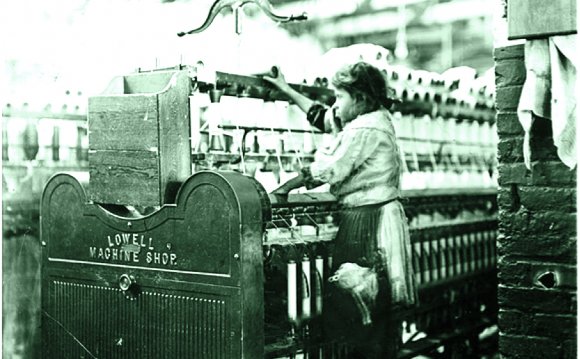
 In the 1800s learning became available even to the poorest people.
In the 1800s learning became available even to the poorest people.
Schools
Before the 1800s, education was not free, and poor children got what education they could in Dame schools or Sunday Schools.
- In 1833, the government passed the Factory Act making two hours of education a day compulsory for children working in factories. The government also granted money to charities for schools for the first time.
- In 1844, the Ragged Schools Union was set up to give schooling to very poor children.
- The Public Schools Act (1868) reformed Britain's public schools, such as Eton and Harrow.
- In 1870, Forster's Act set up state-funded board schools for primary education.
- In 1880, the Education Act made school attendance compulsory for children up to the age of 10.
- The 1902 Education Act established a system of secondary schools.
Universities
Between 1900 and 1909, 'red-brick' universities were founded in Birmingham, Liverpool, Leeds, Sheffield and Bristol, concentrating on science or engineering courses.
Growth in 'self-help'
- Mechanics' Institutes were set up in many towns to provide night-school education for working men.
- Public Libraries were built in many cities.
Source: www.bbc.co.uk
RELATED VIDEO

Medicine in the Industrial Revolution

The Second Industrial Revolution

Education Cartoons - The Industrial Revolution









